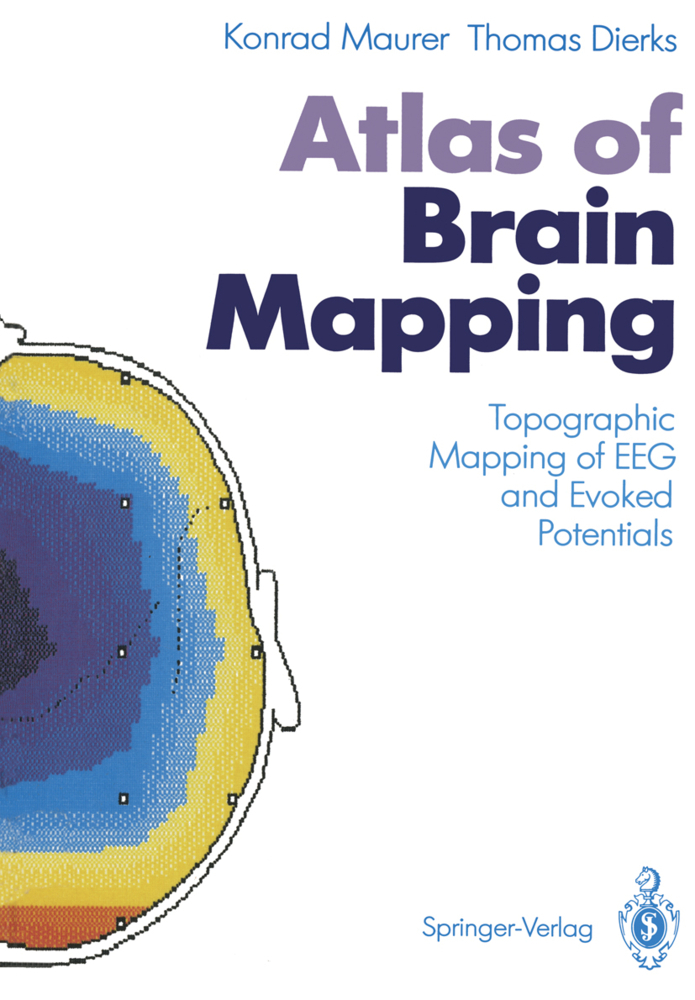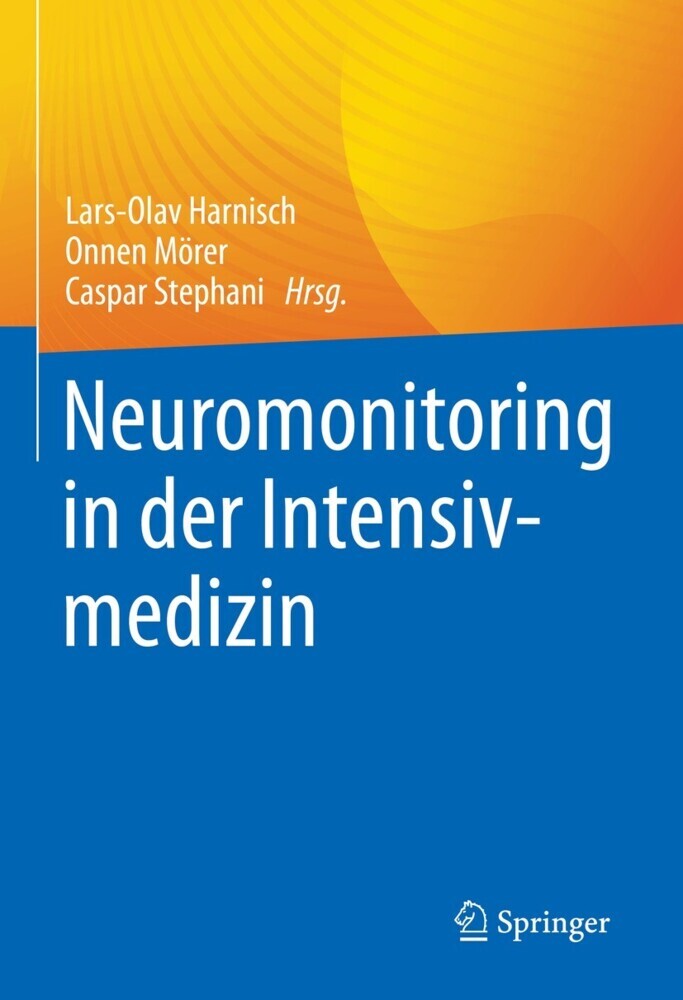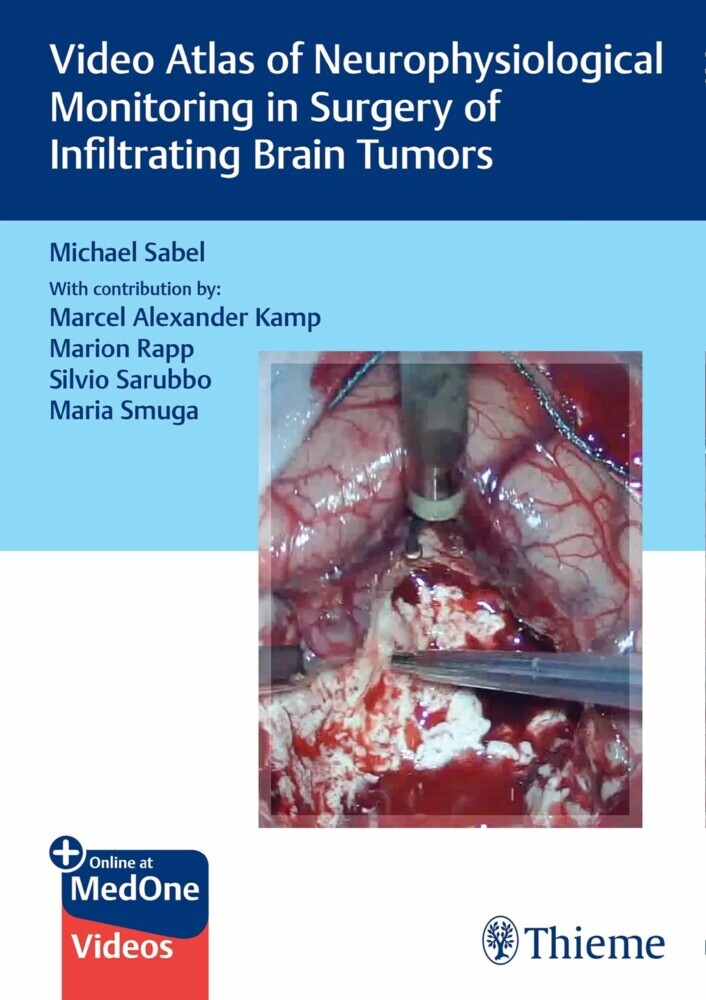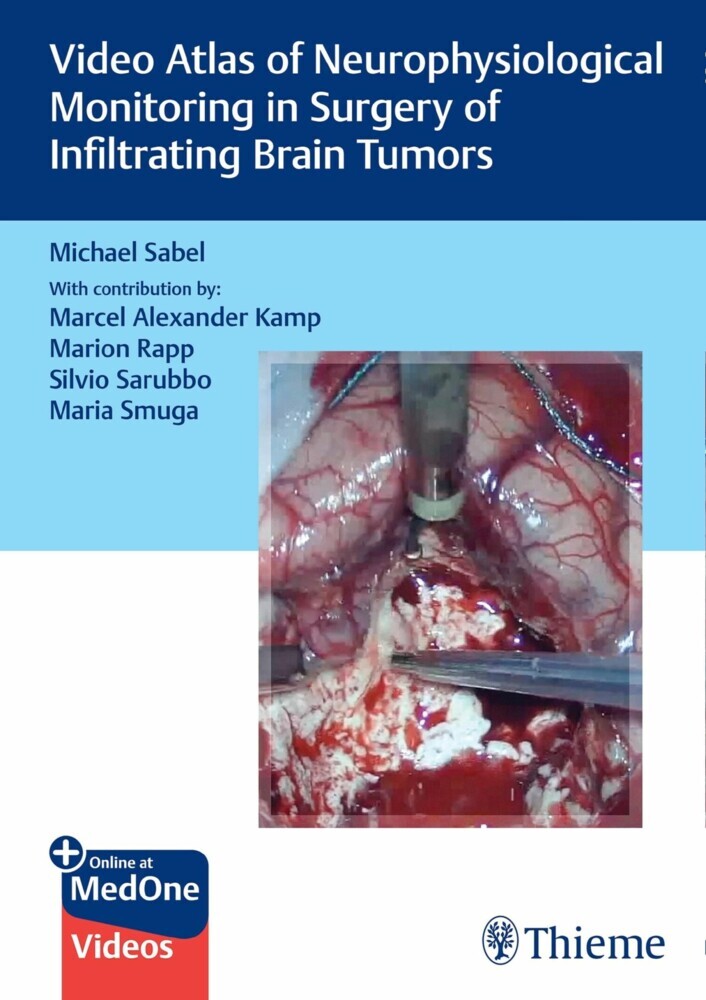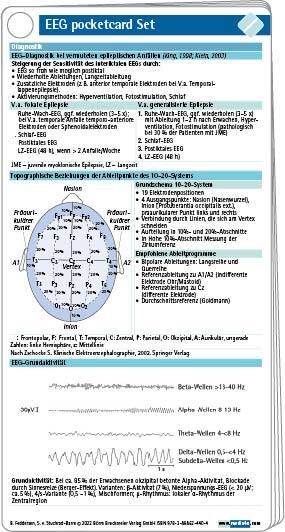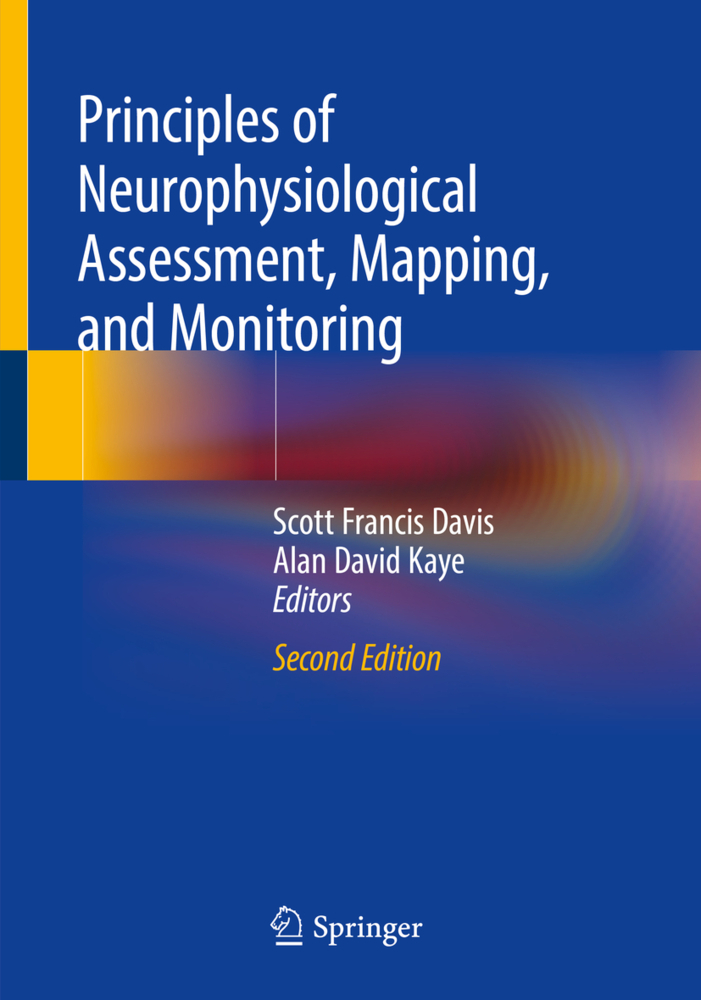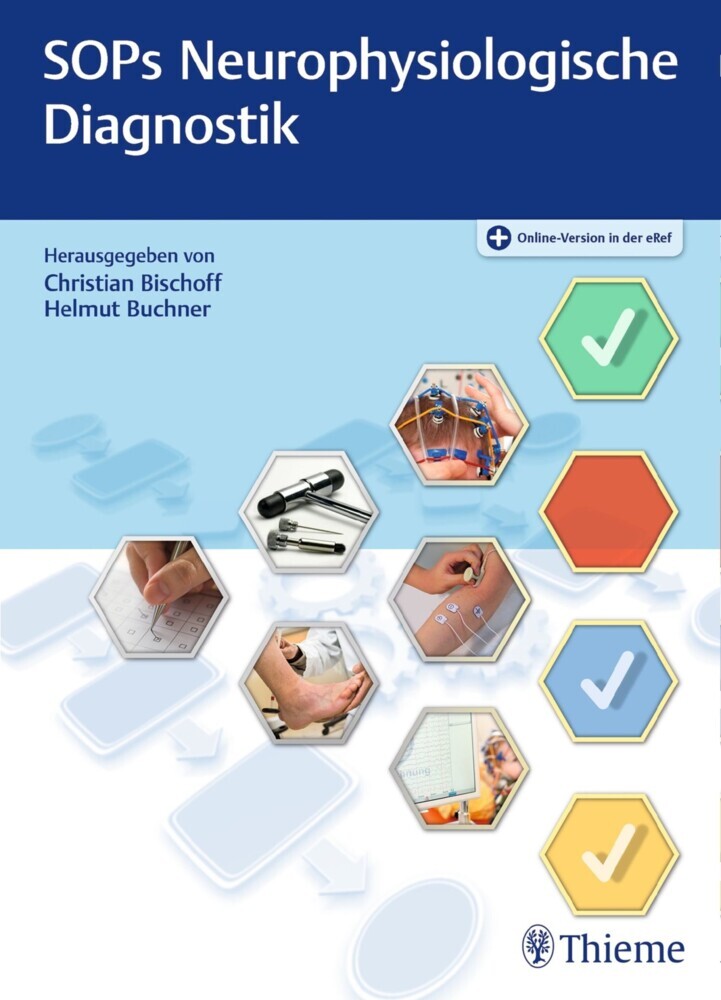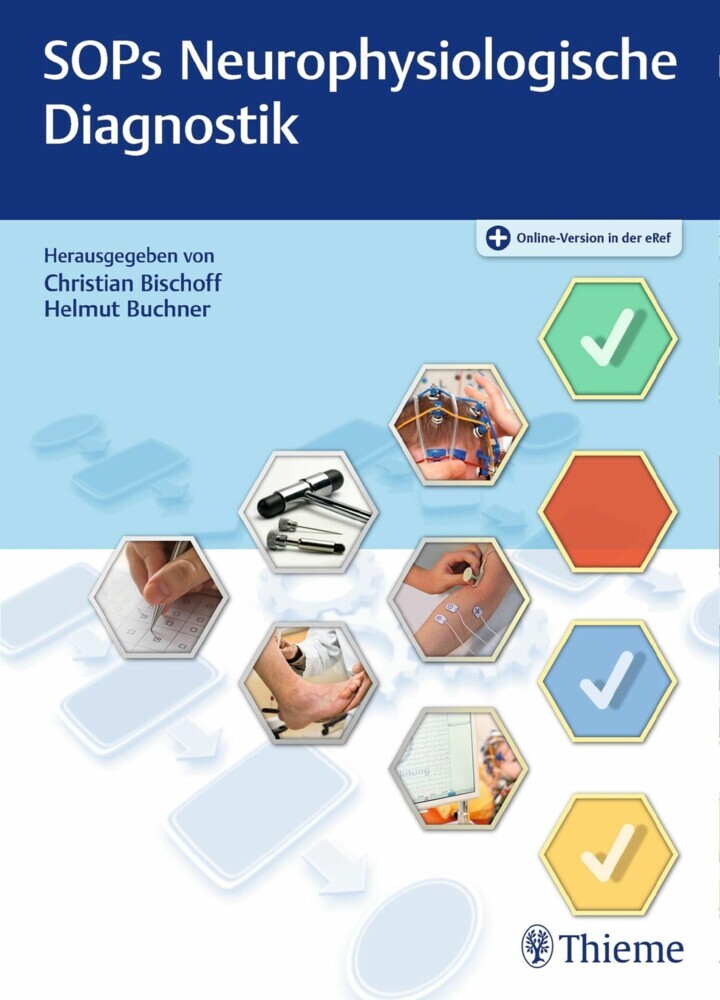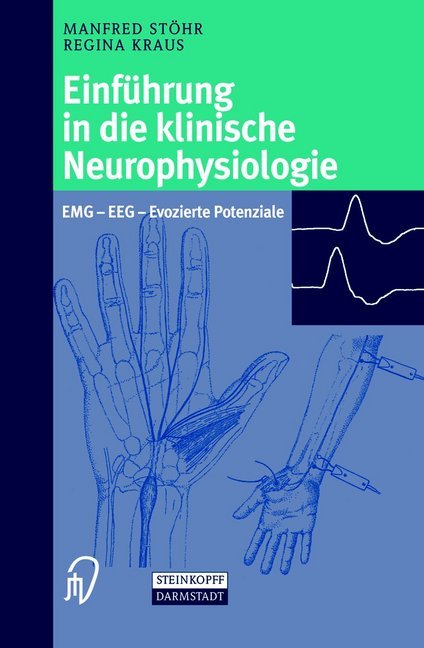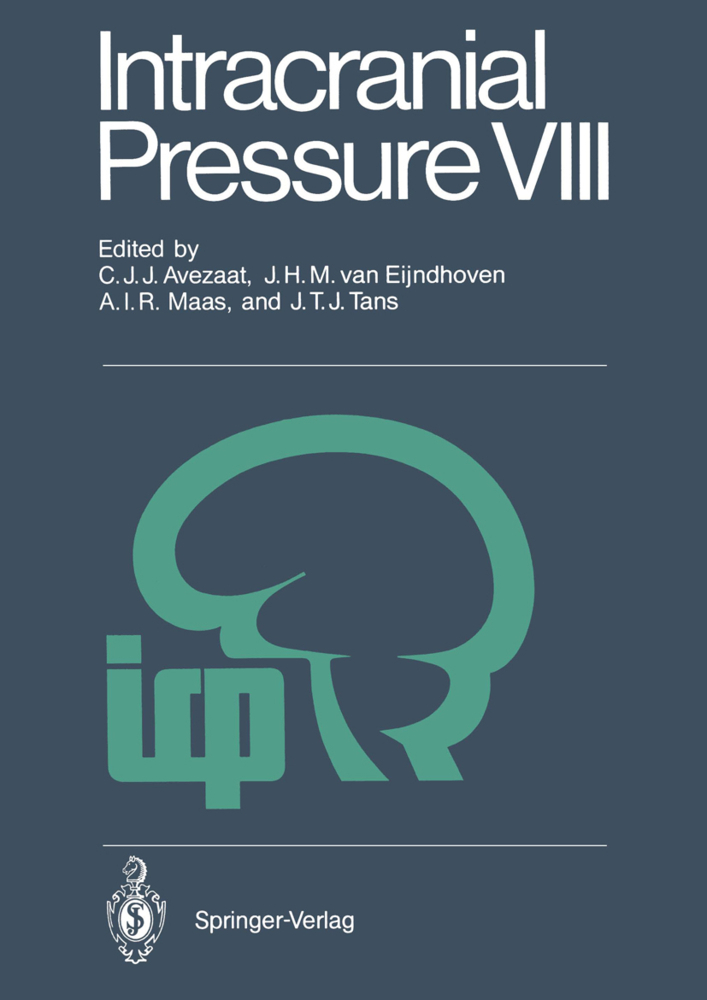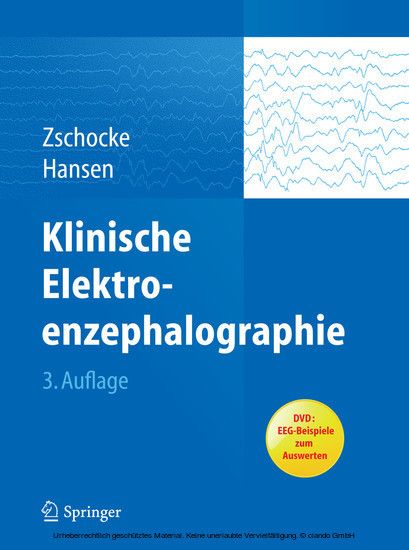Atlas of Brain Mapping
Topographic Mapping of EEG and Evoked Potentials
Atlas of Brain Mapping
Topographic Mapping of EEG and Evoked Potentials
From its discovery in 1929 by Hans Berger until the late 1960s, when sensory visual and auditory evoked potentials were dis covered and became popular, the EEG was the most important method of neurophysiological examination. W-ith the advent of computer technology in the 1980s, it became possible to plot the potential fields of the EEG onto models of the scalp. This plot ting of information as neuroimages followed the structural and functional techniques of Cf, MRI, PET and SPECf. The success of this method, which began in the early 1980s, has led to the brain mapping of EEGs and EPs being increasingly used for di agnosistic purposes in neurology, psychiatry and psychopharma cology. The pioneers of this method believed in it and were commit ted to its success. However, many traditionalists felt that it gave no new information and so regarded the method with scepticism. Some found both the coloured maps and the mapping technique misleading, which led to unnecessary conflict between mappers and their chromophobic oponents. Emotions have run so high that some professional bodies have justifiably adopted guidelines and warned of the misuse of the method.
3 Definition and Terminology
4 Methodology
4.1 Introduction
4.2 General Conditions
4.3 Calibration
4.4 Electrodes
4.5 References
4.6 Baseline
4.7 Artifacts
5 Data Acquisition and Signal Analysis
5.1 Analog to Digital Conversion
5.2 Aliasing
5.3 Amplitude Mapping (Time Domain)
5.4 Frequency Mapping (Frequency Domain)
5.5 Map Construction (Spatial Domain)
5.6 Map Features
5.7 Mapping of Evoked Potentials
6 Storing of Data
7 Statistical Procedures
8 Practical Application: Findings in Normal Subjects
8.1 Introduction
8.2 EEG Features in the Time Domain
8.3 EEG Features in the Frequency Domain
8.4 EP Features
8.5 EEG Mapping After Sensory, Motor, and Mental Activation and due to Psychotherapeutic Interventions
8.6 Sleep Features
9 Findings in Diseases
9.1 Introduction
9.2 Evaluation of EEG and EP Maps
9.3 Clinical Examples
9.4 EEG and EP Mapping During Normal Aging
9.5 EEG and P300 Topography in Dementia of Alzheimer Type
9.6 EEG and EP Mapping in Psychoses
9.7 EEG and EP Mapping in Clinical Psychopharmacology
10 Advanced Methods
10.1 Dipole Source Estimation
10.2 Neurometrics
10.3 Determining Differences Between Maps
References.
1 Introduction
2 History3 Definition and Terminology
4 Methodology
4.1 Introduction
4.2 General Conditions
4.3 Calibration
4.4 Electrodes
4.5 References
4.6 Baseline
4.7 Artifacts
5 Data Acquisition and Signal Analysis
5.1 Analog to Digital Conversion
5.2 Aliasing
5.3 Amplitude Mapping (Time Domain)
5.4 Frequency Mapping (Frequency Domain)
5.5 Map Construction (Spatial Domain)
5.6 Map Features
5.7 Mapping of Evoked Potentials
6 Storing of Data
7 Statistical Procedures
8 Practical Application: Findings in Normal Subjects
8.1 Introduction
8.2 EEG Features in the Time Domain
8.3 EEG Features in the Frequency Domain
8.4 EP Features
8.5 EEG Mapping After Sensory, Motor, and Mental Activation and due to Psychotherapeutic Interventions
8.6 Sleep Features
9 Findings in Diseases
9.1 Introduction
9.2 Evaluation of EEG and EP Maps
9.3 Clinical Examples
9.4 EEG and EP Mapping During Normal Aging
9.5 EEG and P300 Topography in Dementia of Alzheimer Type
9.6 EEG and EP Mapping in Psychoses
9.7 EEG and EP Mapping in Clinical Psychopharmacology
10 Advanced Methods
10.1 Dipole Source Estimation
10.2 Neurometrics
10.3 Determining Differences Between Maps
References.
| ISBN | 978-3-642-76045-7 |
|---|---|
| Artikelnummer | 9783642760457 |
| Medientyp | Buch |
| Auflage | Softcover reprint of the original 1st ed. 1991 |
| Copyrightjahr | 2012 |
| Verlag | Springer, Berlin |
| Umfang | XI, 103 Seiten |
| Abbildungen | XI, 103 p. 11 illus. |
| Sprache | Englisch |

